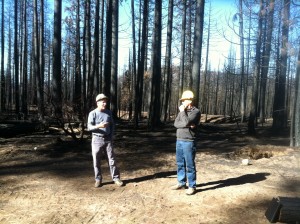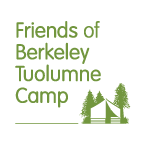Excerpt of article by Alex MacLean, The Union Democrat
The U.S. Forest Service’s major logging project to remove dead trees from the area burned by last year’s Rim Fire cleared another legal hurdle Tuesday when a federal court judge denied the second attempt by environmental groups to halt the work. U.S. District Judge Garland E. Burrell Jr. denied a preliminary injunction sought by the Center for Biological Diversity, Earth Island Institute and California Chaparral Institute. He said that the Forest Service had met all requirements under the National Environmental Protection Act in studying the logging project’s potential impacts on the California spotted owl.
“In his first decision, he very clearly pointed out that the Forest Service had taken all the necessary steps to show it was thoroughly evaluating all of the potential effects,” said John Buckley; executive director of the Central Sierra Environmental Resource Center. Buckley; an environmentalist, formed an unlikely alliance this year with local loggers as a member of the Yosemite Stanislaus Solutions, a forest-project planning group that includes other environmental organizations, logging companies and governmental agencies in the region. The group advocated for the Forest Service’s plan to remove burned trees across about 30,000 acres in the Rim Fire’s footprint, producing up to 210 million board-feet of lumber – enough lumber to build roughly 13,000 homes.
Buckley called Tuesday’s decision a ”win-win” for the timber industry as well as local environmentalists who are concerned about wildfires in the Stanislaus National Forest, where the fire burned about 154,000 acres. He added that the amount of logging approved by the Forest Service is a fraction of the total 254,000 acres burned by the fire. “This is good because, (the project) will remove some of the excess fuel that would create high potential for yet another catastrophic fire,” he said. “It will allow (logging contractors) to get it out while the wood still has value, rather than have taxpayers pay for the fuel to be removed in the future.”


